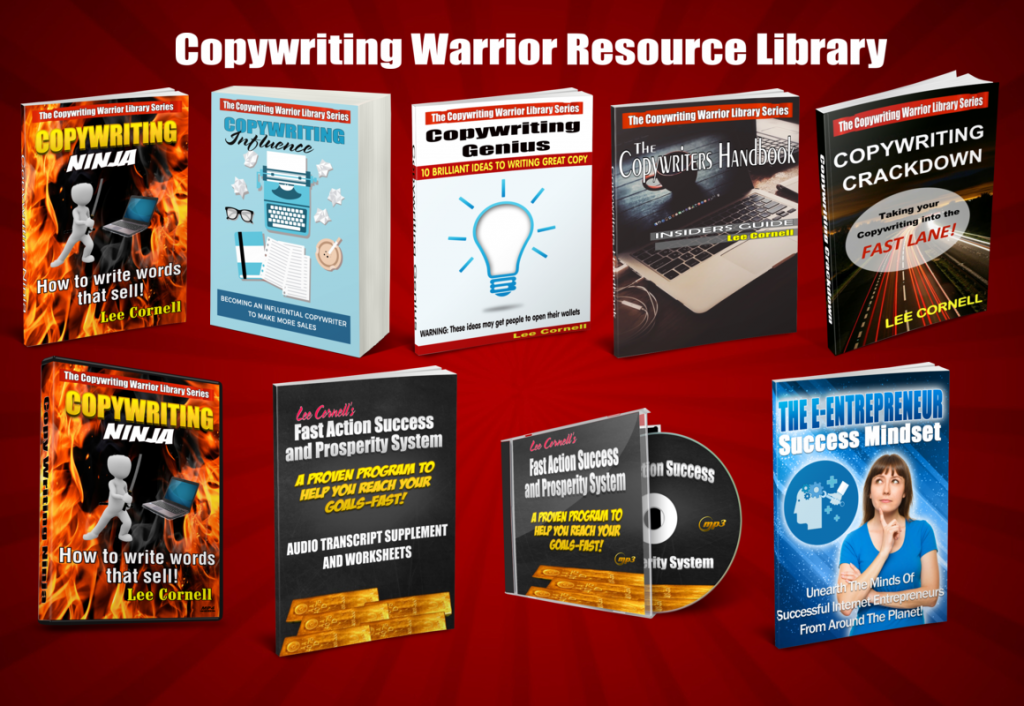The Blog Itself
There’s really no need to overcomplicate your blog. Here are a few tips for getting your blog up and running quickly and easily:
WordPress. You can use WordPress to build your blog as a stand-alone site or integrate it into your current website. Pay for a quality premium theme – it’s worth the extra money. Pick something professional looking and easy to use.
Track. Use tracking analytics to know where your traffic is coming from and which posts are resonating with readers.
Publish fast. Don’t spend weeks on one blogpost. Instead, create a diverse publishing calendar, determine which posts are a hit with readers, and let these popular themes dominate your blog. Publish often and fast to get plenty of feedback that helps guide your next blog topic selections.
Variety. Test a variety of posts to understand which topics and formats resonate with your readers.
Track traffic. Know where your traffic is coming from. At first, it might only come from your website and email list. But after 30 to 60 days, you might see traffic from search engines. Pay attention to how many times your posts are shared via social media, too.
Hot phrases. Pay close attention to which search phrases contribute the most traffic, track these search phrases to specific posts, and study which parts of the post trigger the search engine rankings. Then quickly follow up on any success by writing posts that target these well-performing keywords.
Pop-ups. Use a pop-up to gather subscribers. Offer something awesome in return for their email address. Your free gift should ideally be something your ideal reader would PAY to get because that’s how valuable it is to them. For example, a report or video that solves their biggest problem or gives them the benefit they most want would be ideal.
Types of Blog Posts
News. Odds are you’re not going to be breaking news, but you can do something called newsjacking. Newsjacking is simply mixing your own opinions into an existing news story. You start by finding a current event that is either relevant to your business, or one that can serve as a segue into a point you want to make.
Instructional. This is perhaps the most common type of post. It teaches the reader how to do something, either step-by-step or in general. These are great for SEO because they contain the sort of language that matches search queries. For example, “How to make lasagna.”
Your own interest. When you find something that you find interesting, tie it to your main theme and write about it.
Summary. When you read an article or watch a video that is particularly interesting, write a summary of it in relation to your main topic with proper attribution.
Roundup. Write a fascinating question that your readers will appreciate, such as, “What one thing can you do to greatly improve your memory?” or “Starting from scratch with no connections, how can you make $10,000 in 30 days?” Then contact leaders in your niche and ask them to answer that question. Put all the answers together in one post, along with a link to each expert’s website.
Tools. Whatever your niche, what are the tools or resources that will help your readers accomplish their goal? (HINT: It’s okay to use affiliate links here as long as you reveal you might be earning commissions if they purchase.)
Spotlight. Write a post about somebody in your industry, or even on one of your customers. Engage readers emotionally with this person’s story. Bonus points if it’s a recognizable name.
Attracting Readers
To attract readers to your blog and convert them into subscribers and customers, here are a few tips:
Give away your best content. It sounds counter-intuitive but giving away the best information possible can induce people to subscribe and purchase.
Advertise. Add your blog to your current marketing efforts, including adding a link from your main website, letting your email list and social media know about new posts and so forth.
Guest post. Writing guest posts for other blogs with a link back to your own blog can send anything from a trickle to a ton of traffic.
Use simple SEO. Get a simple course on basic SEO to learn how to do this or hire someone to show you. It’s not as difficult as you might imagine to do things like optimizing blog titles, optimizing content, targeting certain keywords, and so forth.
Host Guest Bloggers. Open the door to other bloggers. This lightens your workload while providing new voices and perspectives. And it brings in new traffic, as the guest posters promote their posts to their audiences on social media.
Making Your Blog Pay
Turn your readers into customers by:
Building an email list. Offer something enticing and free for your blog readers. All they have to do is give you their email address, and they get the free item, whether it’s a video series, report, book, e-course, and so forth. Nurture your list and promote products on a regular basis.
Accept advertising. You can sell advertising on your blog with pay-per-click or CPM (Cost per thousand impressions.) Google Adsense is the popular pay-per-click method, and ad networks use the CPM method. You could also sell advertising on your own, without using a network. You’ll make more money, but there is more work involved, too. Most bloggers prefer not to place any advertising on their blogs, except for their own ads.
Sell affiliate products. You can join an affiliate network and place your affiliate links on your site. This can work well if the links are in context with teaching something. For example, a blog post on how to set up a website could easily include a link to a premium WordPress theme, a web host, and to an autoresponder company.
Sell your own products. This is perhaps the very best way to monetize your blog. Sell your own products and services and keep all of the profits for yourself. You won’t need huge amounts of traffic as you would if you were selling advertising. All you need is a core group of enthusiast fans who know, like and trust you.
“Wait! This is starting to sound like a lot of work. Tell me again why I should be blogging??”
Because blogging allows you to:
- Attract an audience
- Establish authority in your niche
- Build rapport and engagement with your audience
- Create opportunities, both personally and professionally
- Organize your thoughts and learn more about your niche
- Tell your own story the way you want it told
- Meet new people and build your professional network
- Stand apart from the crowd
- Refine your writing skills
- Share your knowledge
- Validate your expertise
- Build your email list
- Make money
Even if you’re feeling intimidated at the prospect of blogging, don’t let that be your excuse not to get started.
You can always create a throw-away blog. Simply use a free blogging platform, write a new blog post every day for 30 days, and then start over with your real blog.
The experience you gain with the free blog will be priceless. Plus, since it’s anonymous, you are free to make mistakes without worry. I guarantee, after 30 blog posts in 30 days, you will be ready to start blogging for real.
That’s the end of this series. I hope it’s been enjoyable and enlightening.
Please leave any comments or questions below.
How are you going to apply these ideas to your blog?
Want to learn more about copywriting?
Lee Cornell, a very experience copywriter, has a collected library of training resources to help writers at any level of experience.
At the discounted offer price (use code ‘special10’) it’s a valuable resource at a dirt-cheap price!
Image courtesy of Werner Moser from Pixabay

